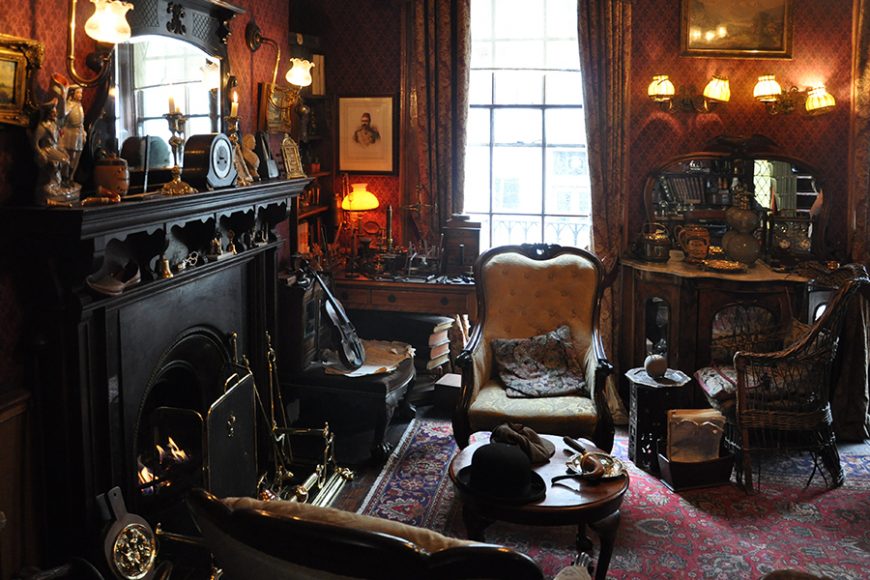Lots of performers have clothing and perfume lines. Few have devoted themselves to fashion with the single-mindedness of Spice Girl-turned-fashion designer Victoria Beckham. Indeed, such was her identification with fashion that when the Spice Girls staged their reunion tour in 2007 — “I wanted my children to see that Mummy was a pop star,” the former Posh Spice was quoted as saying in news.com.au — Beckham bent it like a model, posing on a runway instead of singing a solo.
As with others who successfully transition from one career to another, Beckham started slowly. There were catwalk appearances, brand ambassadorships, guest shots at fashion editing and limited edition collections of jeans, perfumes and eyewear that continue. By the time she launched her eponymous label in 2008, albeit quietly, she had already been working in fashion for eight years. Though it would take a few years, her brand of high-end and affordable dresses, separates and handbags would earn her the respect of a notoriously fastidious industry. The turning point came in 2014, when she guest-edited French Vogue and appeared on an academic panel at the Parsons School of Design in Manhattan. The moment when she stepped on the stage as Posh Spice in 2007 wasn’t a return but a farewell.
Among the most famous crossovers was that of Arthur Conan Doyle, the doctor who is best-known as the creator of Sherlock Holmes. Doyle actually began writing short stories while he was at the University of Edinburgh Medical School (1876-81). It was there that he clerked for Joseph Bell, the surgeon whose powers of observation and deductive reasoning inspired Holmes. But the Baker Street detective was still 10 years in the future.
Doyle became a ship’s doctor, practiced privately and flirted with ophthalmology, with mixed results. And at first it appeared that his career as a fiction writer, begun while he was still practicing medicine, would offer no greater rewards. But “A Study in Scarlet” (1886) — his first story featuring Holmes and his sidekick, John Watson, M.D., named for Doyle’s medical colleague James Watson — earned good reviews and, perhaps more important, $3,371 in today’s money.
It was the beginning of a wide-ranging literary career that would find Doyle ambivalent toward his greatest creation — whom he even killed off (“The Final Problem”) only to bring him back (“The Hound of the Baskervilles”). And thank goodness he did for Holmes and his circle have spawned innumerable iterations down to the wildly successful PBS “Masterpiece Mystery” series “Sherlock,” with Benedict Cumberbatch in the title role and Martin Freeman as Watson.
One of the most telling qualities of those who turn an avocation into a vocation is that they have a wide range of interests. Doyle not only embraced different genres but was a keen sportsman. The same could be said for another writer who started out in a different career — John Grisham. Like Doyle, Mississippi lawyer Grisham meandered about his chosen field, before settling on criminal law. Like Doyle, he gave it about 10 years. And like Doyle, he would find the catalyst for success in his second career in the details of his first.
He was milling about a courthouse in 1984 when he became intrigued by the case of a 12-year-old girl who had been beaten and raped. Watching the moving trial, Grisham began to imagine what would have happened had the victim’s father murdered her attackers. His musings would become his first novel, “A Time to Kill,” which would provide a breakout role for Matthew McConaughey in the 1996 movie version. But all that was in the future. Grisham’s first success was his second book, “The Firm” (1991), which became a hit Tom Cruise movie and established the pattern of bestsellers and star-studded movie adaptations.
What, however, would Grisham — or Holmes, for that matter — make of Michael Scott, who is certainly a “colorful” character? The first CEO of Apple (1977-81), Scott — a physicist by training — would take the company from founder Steve Jobs’ garage to Wall Street. (He would also be tasked by colleagues to get the eccentric Jobs to bathe more frequently.) Ultimately, Scott would amass a collection of gems to rival that of the House of Windsor, including a 1,730-carat ruby crystal from Myanmar, home of the best rubies, and the world’s biggest tanzanite (242 carats), set in a white gold tiara with 1,000 diamonds. But this is no rich man’s investment tale.
Because Scott couldn’t wear any rings in the early days of fragile computer punch cards, he longed for a green garnet when his Apple days were over. When he had the selected ring appraised before making his purchase, he discovered it was a fake.
That wasn’t going to happen to him again. But it’s more than that. Color drives him. It’s why he keeps a koi pond at his surprisingly modest ranch-style Silicon Valley home. And it’s why he turned his living room into a state-of-the-art lab to study some 2,600 minerals.
“Color brings out all kinds of emotions, just like smells do,” he says in an installment of PBS “Nova’s” “Treasures of the Earth: Gems.” “I enjoy the complexity or understanding how things work. To me, color sets what mood I’m in.”
In other words, like Beckham, Doyle and Grisham, he’s a “multifaceted” individual.






